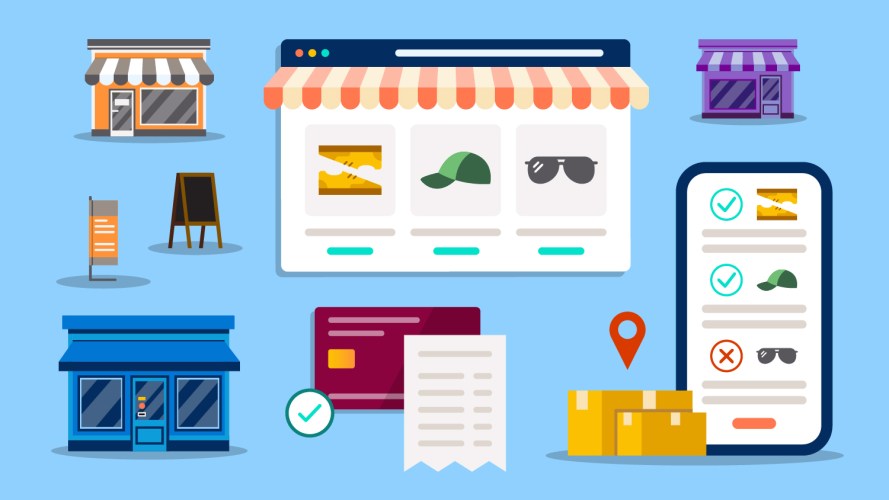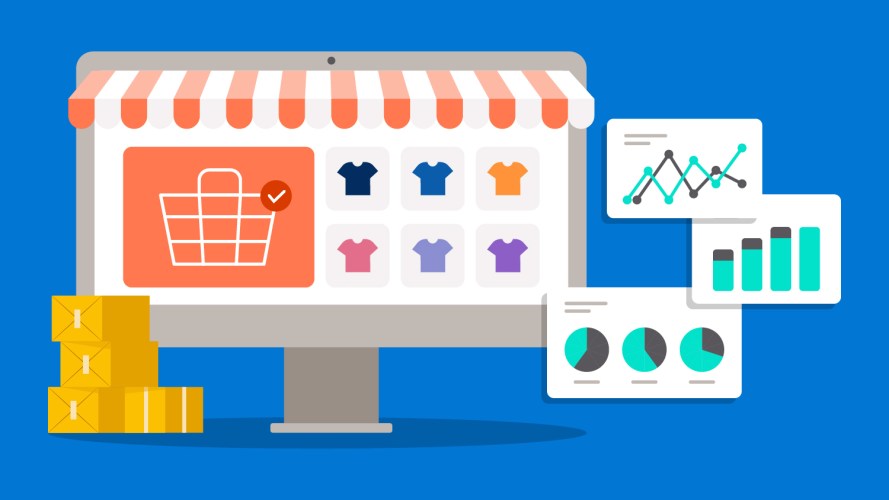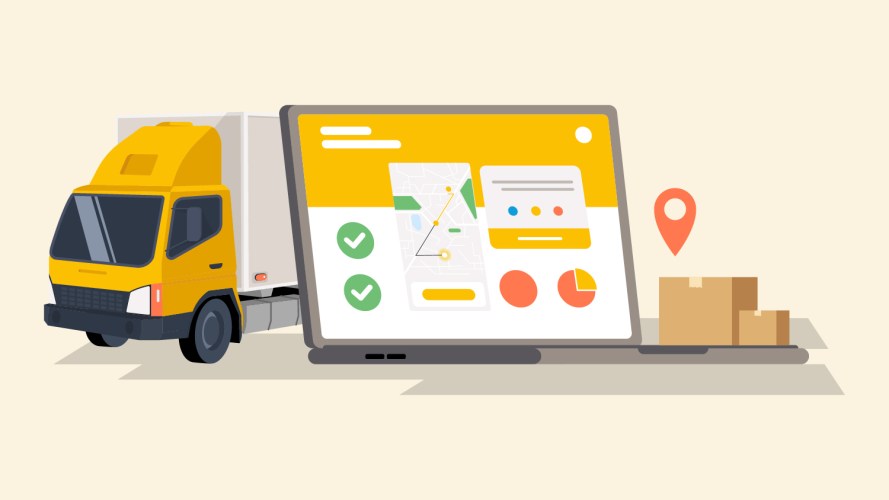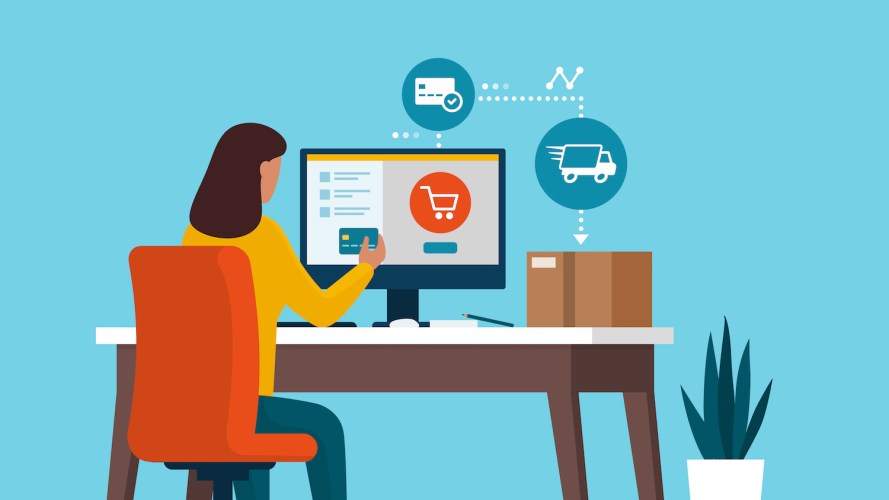5 Questions Manufacturers Should Ask Before Selling Direct-To-Consumer



If you’ve been thinking about making the jump to D2C to boost your revenue, you need to make a plan.

Erin Dorshorst
The best experience consumers have anywhere becomes the experience they expect everywhere. And according to research, 81% of shoppers plan to shop directly with brands. Manufacturers selling directly to consumers should take these ideas to heart.
While going direct-to-consumer (D2C) allows you to offer your customers a great experience and avoids certain disruptions (like from COVID-19), it’s important to think through your strategy before you launch. Consider the following five questions before going D2C.
Go direct-to-consumer while preserving your customer relationships



1. Why would manufacturers want to sell direct-to-consumer?
The most common objectives for manufacturers selling D2C are to grow revenue or build awareness for the brand. You might begin by launching an ecommerce site for a specific product line or to reach a previously untapped geography.
No matter the goal, one success factor remains the same: You need clear objectives and complete organizational agreement from top to bottom.
2. Is your organization ready for a significant change?
Manufacturers often rely on traditional distributor/dealer models, which are still important. Adding a D2C channel requires additional — or a shift in — resources dedicated to new marketing, social, and ecommerce programs.
You may also need to change production and distribution operations. For example, figure out how you will ship individual products versus an entire pallet of products. Start by assessing capabilities to manage and handle separate inventory, packaging, and shipping needs. Partner with a strong 3PL (Third-Party Logistics) company who can help you manage and streamline your fulfillment process.
3. Are you ready to engage directly with the end consumer?
When manufacturers rely on distribution channels to get goods in the hands of the end consumer, that consumer is building a relationship with the retailer — not the brand. By going D2C, you can control the entire consumer journey while developing better insights about and relationships with your customers.
Going D2C allows you to deliver a complete and differentiated brand experience. As Dimitri Siegel, the vice president of global brand at Sonos, put it, “You can’t just be shipping boxes to people. With your site experience and your commercial experience, you’ve got to break the mold of ‘pick a box on our website and this box will show up at your doorstep.’”
Customers will bring high expectations which may require new areas of focus for your organization. Consider how you can use consumer data for segmentation purposes, creating personalized promotions and marketing campaigns.
4. Are you ready to manage channel conflict?
The goal of creating a D2C channel is to generate more brand awareness and new revenue without cannibalizing sales from existing distribution and retail channels – the main source of revenue for many manufacturers. It’s important to keep your existing partners happy.
Here are some common practices that can minimize channel conflict:
- Use the manufacturer’s suggested retail price (MSRP) and allow retailers the exclusive ability to discount items.
- Vary the mix of product offerings across channels. This gives consumers a reason to both visit your brand site and continue to purchase through retailers.
- Develop trust with your consumer audience by providing thorough information about your brand, your products, and services on your direct-to-consumer commerce site. Deliver new and engaging content like how-to blogs or videos, user-generated content, or live shopping events to create branded experiences that bring consumers closer.
5. Do you have a plan to support content development?
When going direct-to-consumer, you’ll need content of all kinds for your online channels. Consider including detailed product descriptions, digital product images, and how-to videos. For example, KIND provides customers detailed content and access to more products through its “Build Your Own Box” subscription service.
And it’s not just the quantity of content that will change. You’ll also need a quicker, more direct process for publishing content. The upside is that with the right tools, you can experiment, test, measure, and apply learnings to each new iteration on your direct-to-consumer channels, and improve your consumer messaging over time.
Dive deeper into direct-to-consumer in Manufacturing
Learn more about creating the type of relationship consumers want.


























